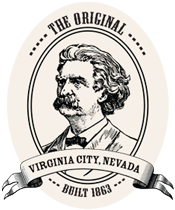
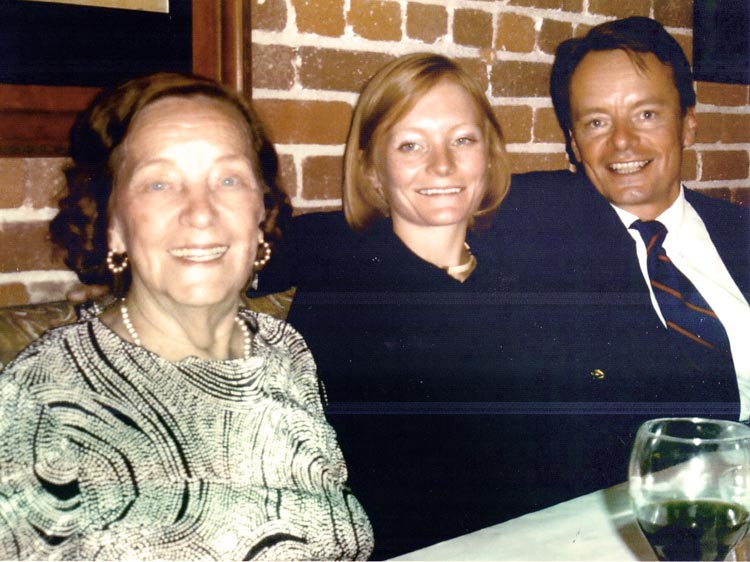
In 1971, Dee Schafer bought the building and became the first-or-second woman to receive a non-restricted gaming license in the state of Nevada. The Mark Twain Saloon of the 40s and 50s was no longer there; instead, the Brown family of fortune tellers rented the premises. Dee Schafer had just recently purchased Nevada’s first newspaper, the Territorial Enterprise. Samuel Clemens took his non-de-plume while working there as a reporter from 1862-64. It was because of this association that she decided to name the saloon the Mark Twain. It was much to her chagrin that on her opening celebration old-timers brought in various souvenirs from decades before. So, Mark Twain Saloon & Casino was meant to be and has been in continuous operation under the Schafer family for over 50 years.
Today the Mark Twain is Virginia City’s preferred stop for 24 hour gambling. It features an exceptionally convivial staff as a player’s club with many promotions to benefit the gambler.
The Mark Twain Saloon & Casino was built in 1863 and is one of less than 10 percent of buildings that survived the “Great Conflagration” (fire) of 1875. It has almost always been a saloon, but not named the Mark Twain until the mid-1950s when operated by Ed Colletti and Don Magiurk—an Italian and an Irishman—two ethnic groups out of many more than made up Virginia City’s population in its heyday almost a century previous.
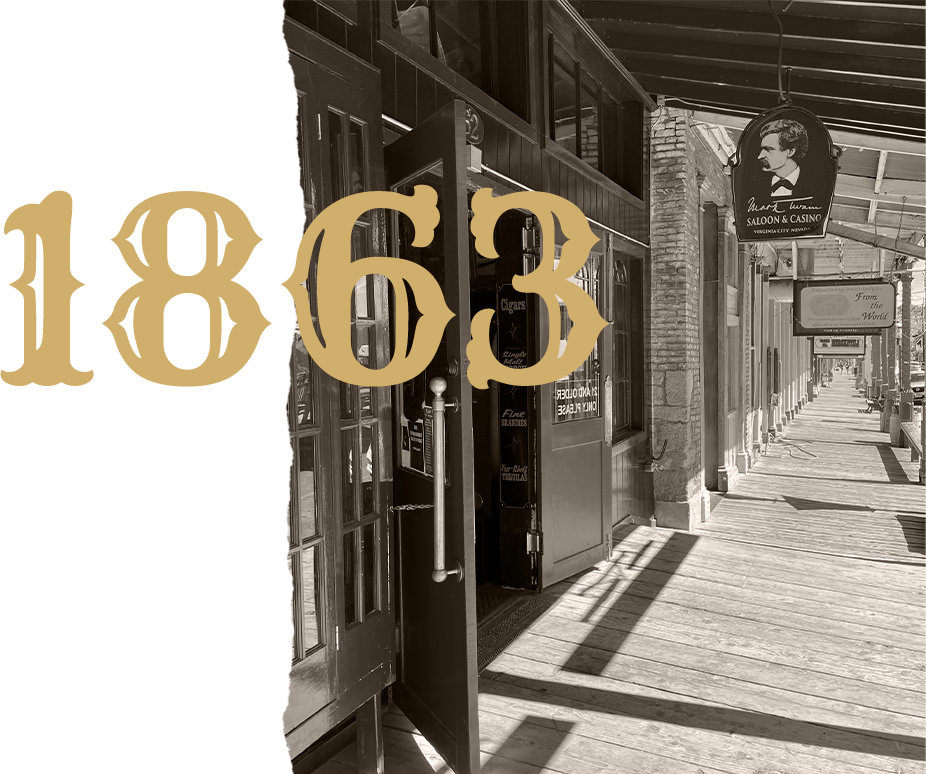
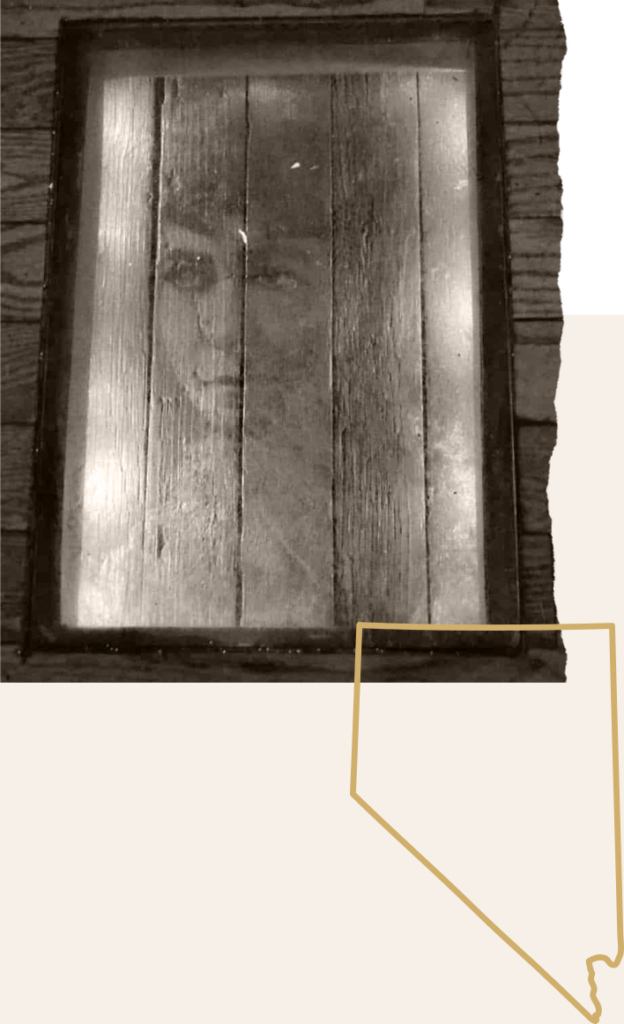

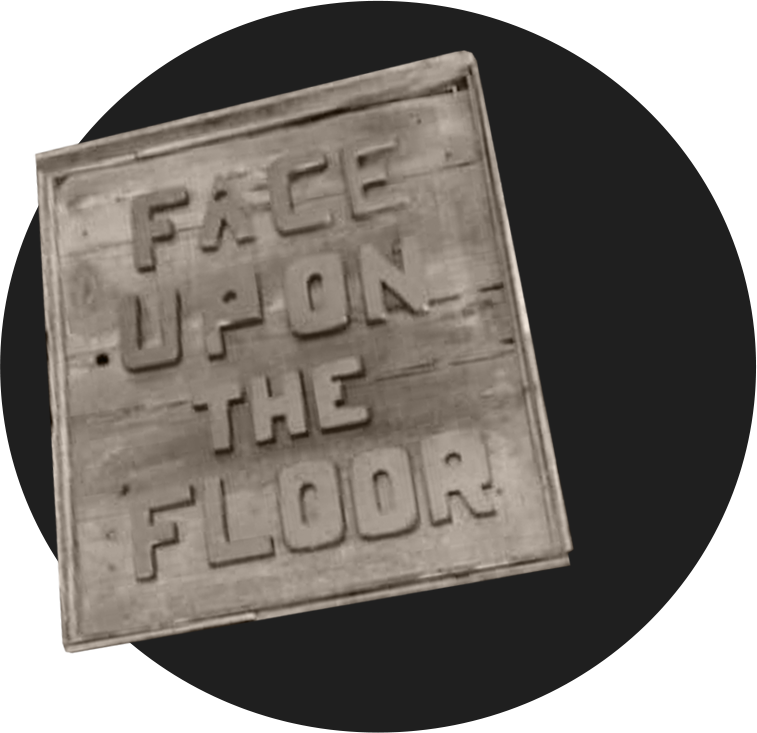
A crowd of some 10,000 people turned out to watch the “stupendous hanging” of Millian – just over a year after Julia’s tragic murder. Among the observers was Mark Twain, who had been a reporter for Virginia City’s Territorial Enterprise from 1861 to 1864 and was back in town as a lecturer at Piper’s Opera House. Twain related the grisly story of the first public hanging in Nevada in a dispatch to the Chicago paper, the Chicago Republican. The noted humorist’s humor was notably absent in this particular tale.
There have been questions over whether Millian did the dirty deed, over what may have been his motive, and whether his command of English was such that he even understood the courtroom procedures. He was a veteran of the Crimean War and war can do things to a man. Millian himself maintained his innocence to his dying day, vacillating between admitting to being a lookout and saying he was framed. It is always possible that he was in the wrong place at the wrong time and had an unrequited love for the Soiled Dove.
It is not hard to believe that a broken and lovesick man whiled away his evenings painting an image in tribute to his murdered lady-love, never knowing that he would be the one to pay the ultimate price for her demise. Or, just maybe, his passions ran away from him. Perhaps it was lust or greed; but guilt, ultimately, may have driven the Frenchman to immortalize Julia on the saloon floor. Whatever, the case, some time in those early Spring months of 1867, it seems a legend was frozen in time and became the “Face Upon the Barroom Floor”.

© Mark Twain Saloon & Casino